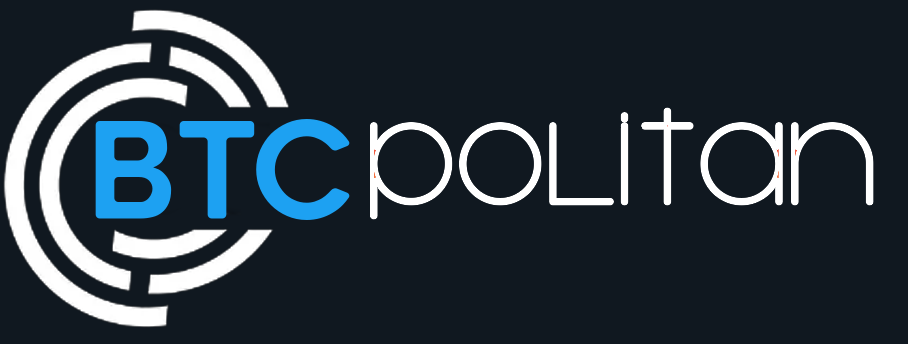China has set up a committee to guide the nation’s development of brain-computer interfaces (BCIs) aiming to lead in brain chip technology.
The committee plans to create national standards to compete with Western tech companies like Elon Musk’s Neuralink.
The term “brain-computer interface” (BCI) was introduced in the early 1970s. A BCI is any device that translates brain signals into a language a computer can understand.
For the last 50 years, scientists and engineers have used BCIs to study the brain and develop treatments for neurological conditions. Experimentally, BCIs have shown promise in treating epilepsy and improving life quality for people with locked-in syndrome or paralysis.
Recently, BCIs gained attention when Elon Musk founded Neuralink in 2016, promising to make the technology available to the public.
Neuralink’s BCI technology requires surgery to implant the device in the user’s skull. As Cointelegraph reported, a Neuralink device was successfully implanted in a human brain on January 28, 2024.
China Aims For Global Leadership In BCIs
Reports say China aims to lead globally in developing BCIs and plans to use them for cognitive enhancement.
The details are unclear, but Wired called a Chinese experiment “controversial,” suggesting a device like Musk’s Neuralink could enhance cognition.
Wired reports “At a tech forum in Beijing, a Chinese company unveiled a ‘homegrown’ brain-computer interface that let a monkey control a robotic arm just by thinking about it.”
Neuralink recently postponed a scheduled brain implant operation for a second patient due to medical concerns on the western side.
Meanwhile, Mark Zuckerberg’s Meta is developing a non-invasive BCI that uses wearable technology to translate nerve impulses into language for operating a holographic display device.
Related Reading | Crypto Dip: How The MVRV Ratio Highlights Investment Opportunities
Furthermore, the author’s views are for reference only and shall not constitute investment advice. Before purchasing, please ensure you fully understand and assess the products and associated risks.




Comments (No)